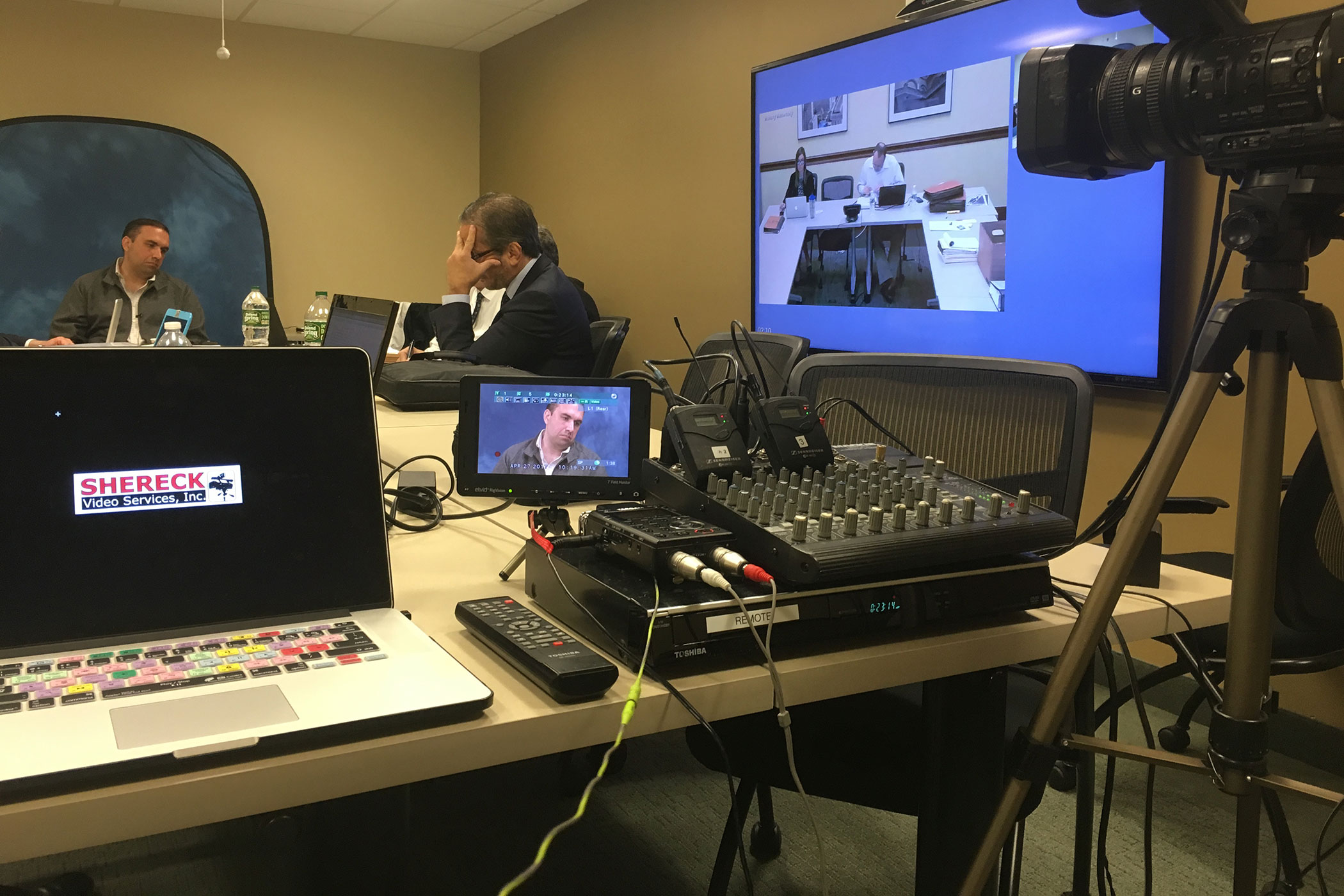Why Lawful Videography Is Important for Accurate Legal Record-Keeping
In the world of legal proceedings, the accuracy of record-keeping is vital, and legal videography becomes a crucial device in this context. By capturing the nuances of verbal and non-verbal interaction, it dramatically minimizes the potential for false impression that can accompany conventional written documents. In addition, the conservation of authentic aesthetic evidence not only enhances the reputation of statements but also adds to a detailed account of occasions. As we explore the complex advantages of lawful videography, one should consider its implications for the future of judicial honesty and transparency.
Importance of Visual Proof
Establishing the importance of aesthetic evidence in legal proceedings is vital for ensuring precise record-keeping and enhancing the total honesty of the judicial process. Aesthetic proof functions as an essential device in recording events, problems, and various other significant information that might be important to an instance. Unlike composed accounts, which are vulnerable to interpretation and predisposition, aesthetic recordings give an objective, unalterable depiction of realities as they happened.
This type of proof can catch a selection of components, including witness behavior, ecological context, and physical proof, every one of which might influence judicial end results. By providing a clear and detailed aesthetic narrative, lawful videography removes ambiguity and helps to protect the authenticity of the evidence.
Moreover, aesthetic proof can be important in reducing disagreements over accurate discrepancies, as it enables a straight comparison versus statement and other recorded records. In a period where digital technology is significantly common, the capacity to present visual proof efficiently can substantially improve the total quality of legal proceedings. Ultimately, the incorporation of aesthetic proof not just boosts the documentation procedure but likewise reinforces public trust in the judicial system by advertising openness and responsibility.
Enhancing Testament Credibility
The combination of lawful videography into court room process considerably improves the reliability of witness testament. By capturing the nuances of verbal and non-verbal communication, video clip recordings provide an even more thorough representation of a witness's temperament, emotions, and dependability. This visual paperwork allows jurors to observe the witness's body language, faces, and general carriage, which are crucial parts that can affect their perception of testament credibility.

Furthermore, the presence of video clip footage can prevent witnesses from giving deceptive or exaggerated declarations, as they know that their testimony is being tape-recorded. This accountability enhances the stability of the judicial procedure. Ultimately, lawful videography functions as an essential tool in ensuring that witness testament is not only properly shown however also watched with increased reputation by all parties included.
Comprehensive Record Conservation
Comprehensive record conservation is important for maintaining the honesty of legal process. Legal videography functions as a crucial device in this process, offering an exact visual and acoustic account of testimonies, depositions, and other turning points in a situation. Unlike typical written transcripts, video recordings capture the nuances of body language, tone, and feeling, which are vital for comprehending the context and intent behind statements made throughout lawful process.
Incorporating audiovisual aspects into record-keeping improves the preservation of proof, guaranteeing that it continues to be intact and obtainable throughout the legal process. This is specifically important in cases where the dependability of witness declarations might be tested, as aesthetic recordings can validate insurance claims and provide clearness. Furthermore, video clip records can be indispensable throughout allures or retrials, using an unchanged representation of the initial statement.

Additionally, the capability to assess video clip proof enables legal experts to determine vital information that might have been ignored in composed records. By keeping a comprehensive archive of legal procedures via videography, law practice can promote the highest possible requirements of accuracy and responsibility, inevitably adding to a next fairer judicial procedure.
Enhancing Legal Procedures
Simplifying lawful procedures is essential for boosting performance and minimizing hold-ups within the judicial system. Legal videography serves as a crucial device in attaining this objective by supplying clear and accurate aesthetic documents of court hearings, depositions, and statements - legal videography. This technology enables for real-time recording, making sure that all verbal and non-verbal cues are recorded, which can assist in quicker resolution of disputes
The integration of videography into legal procedures lessens reliance on typical methods, such as extensive transcripts, which can be taxing to create and review. By having actually access to taped footage, lawyers can quickly reference vital moments, boosting their ability to prepare and present instances successfully. This immediacy also helps in the clarifying of testimonies, lowering the capacity for false impression.

Admissibility in Court
Precise documents is crucial not just for effectiveness but likewise for ensuring that proof is admissible in court. Lawful videography offers as a crucial tool in this process, giving a reputable aesthetic record of statements, declarations, and events.
To be considered admissible, legal videography needs to adhere to recognized methods, such as proper devices use, appropriate illumination, and clear sound capture. Additionally, it is vital to have actually qualified videographers that recognize the legal demands bordering evidence collection. legal videography. The chain of wardship should additionally be maintained to stop any kind of visit our website insurance claims of meddling or alteration
Additionally, lawful videography can enhance the persuasiveness of evidence by supplying jurors with a direct view of the statement, permitting for an extra involved understanding of the instance. In summary, the integration of legal videography right into record-keeping not just supports performance but likewise strengthens the stability and admissibility of proof in court proceedings.
Final Thought
To conclude, legal videography plays a critical duty in making sure exact legal record-keeping by giving objective blog here visual documentation. This method enhances the trustworthiness of statements, preserves thorough documents, and enhances lawful process. In addition, the admissibility of high-grade video clip proof in court additional highlights its importance. Ultimately, the incorporation of lawful videography into the judicial procedure promotes transparency and bolsters public trust in the honesty of the lawful system.